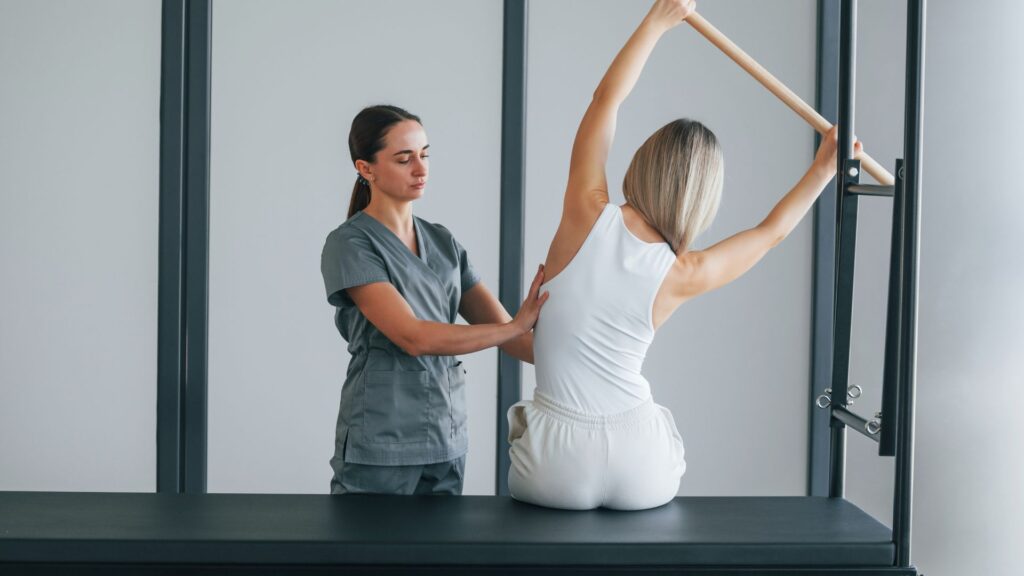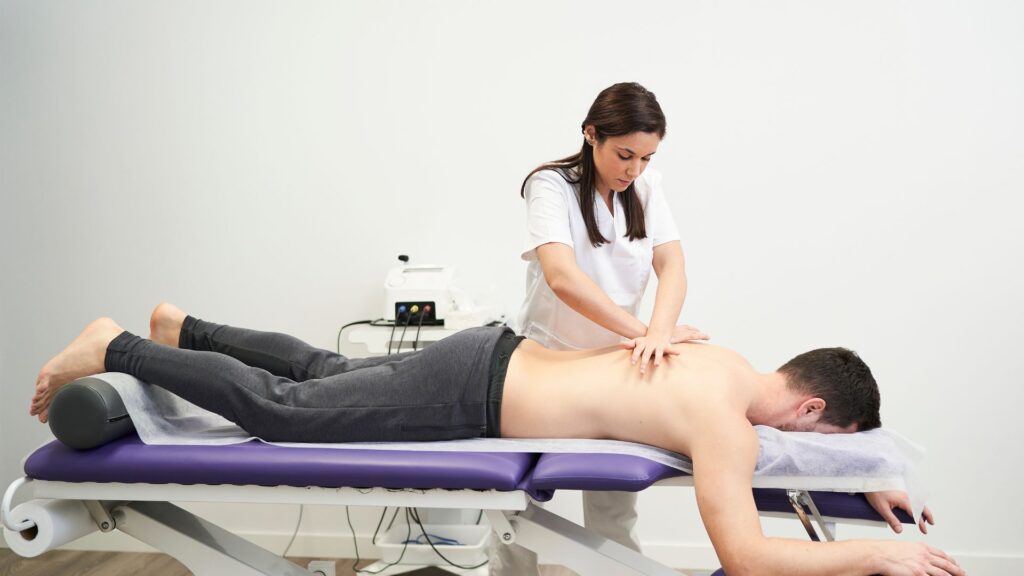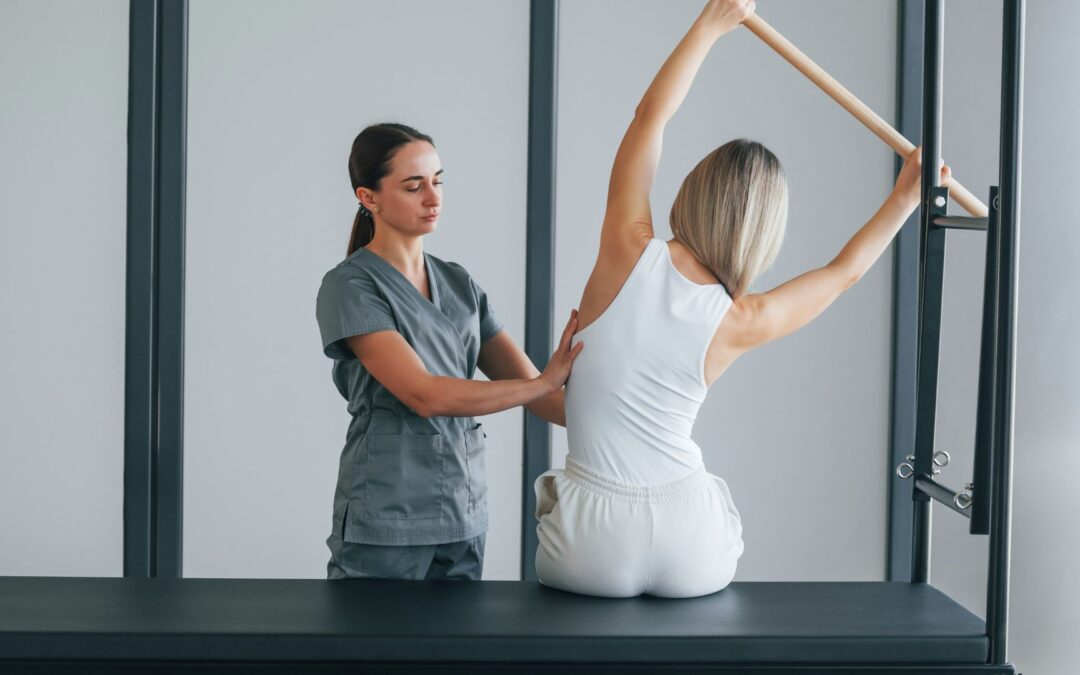
When most people hear the word scoliosis, they picture a teenager being checked at school with a quick spine screening. But scoliosis is not just a childhood condition. In fact, many adults live with scoliosis — sometimes without even realizing it.
Mild curves may seem harmless, but over time they can contribute to back pain, muscle imbalance, fatigue, and even breathing changes if ignored. The good news? With the right daily care and professional support, adults with scoliosis can maintain mobility, reduce discomfort, and protect long-term spinal health.
At Family Chiropractic of Clark, we help patients of all ages understand scoliosis, manage its effects, and stay active.
What Is Adult Scoliosis?
Scoliosis is an abnormal sideways curvature of the spine, often shaped like an “S” or “C.” While many cases start in adolescence, scoliosis can continue into adulthood or appear later in life due to factors like:
- Degenerative changes in the spine (wear and tear of discs and joints).
- Untreated curves from childhood that were mild but progressed.
- Postural imbalances or injuries that influence spinal alignment.
Mild curves are typically 10–25 degrees, but even small deviations can affect the way your muscles, joints, and nerves function.
Common Signs of Scoliosis in Adults
Sometimes scoliosis is subtle and easy to miss. Signs include:
- Uneven shoulders or hips.
- One shoulder blade that sticks out more.
- A visible curve when bending forward.
- Clothing that fits unevenly.
- Persistent mid- or lower-back pain.
Why Mild Curves Matter
You might wonder: If my scoliosis is mild, why should I worry?
Even small curves can:
- Put extra stress on certain spinal joints and discs.
- Cause muscles on one side of the back to overwork.
- Lead to stiffness and reduced flexibility.
- Increase risk of arthritis progression in later years.
Early awareness means you can take steps to slow progression and reduce pain.
Daily Care Tips for Adults with Mild Scoliosis
1. Stretch and Strengthen Regularly
Balance is key. Stretch tight muscles on the concave side of the curve and strengthen weaker muscles on the opposite side. Gentle yoga, Pilates, and chiropractor-guided exercises are excellent.
2. Focus on Core Stability
Your core muscles (abdominals, obliques, and lower back) act like a natural brace. A strong core reduces spinal strain and helps maintain upright posture.
3. Practice Smart Ergonomics
Poor workstation setups can worsen uneven posture. Use chairs with lumbar support, keep screens at eye level, and avoid leaning to one side when sitting.
4. Stay Active, But Low Impact
Swimming, walking, and cycling are great because they strengthen the back without high stress. High-impact sports or heavy lifting may aggravate pain if not supervised.
5. Mind Your Sleep Position
Sleeping on a supportive mattress and using a pillow that aligns your neck with your spine helps reduce nightly strain. Side sleepers may benefit from placing a pillow between the knees.
6. Maintain a Healthy Weight
Extra weight puts added pressure on spinal curves. Balanced nutrition and regular movement keep your body supported.
How Chiropractic Care Helps
Chiropractic care for scoliosis isn’t about “straightening the curve” overnight. Instead, it focuses on:
- Improving spinal mobility to reduce stiffness.
- Balancing muscle tension so one side isn’t constantly overworked.
- Enhancing nervous system function by easing irritation from misalignments.
- Guiding personalized exercise routines tailored to your unique curve.
Many adults with scoliosis find that regular adjustments, combined with exercise and ergonomic tips, significantly reduce daily pain and improve function.
When to Seek Professional Help
Mild scoliosis doesn’t always need surgery or bracing. But you should seek evaluation if you experience:
- Increasing pain or stiffness.
- Numbness, tingling, or weakness in the legs.
- Noticeable worsening of the curve.
- Breathing difficulties with posture changes.
Early intervention with conservative care can prevent complications later.

Final Thoughts
Scoliosis in adults is more common than most people realize — and mild curves still deserve attention. With daily care strategies, posture awareness, and chiropractic support, you can live comfortably and actively without letting scoliosis hold you back.
At Family Chiropractic of Clark, we create care plans tailored to your unique spine, helping you build balance and strength for the long term.
👉 Ready to take charge of your spinal health? Schedule your appointment today and start building a stronger foundation for your future.
